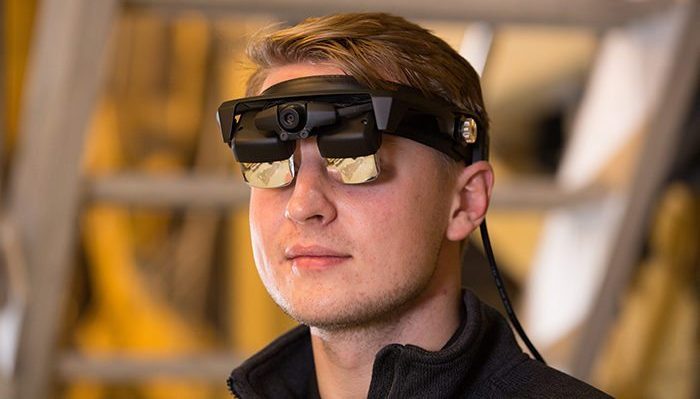The people's voice: Augmented Reality in Field Service
Dec 19, 2016 • Features • Augmented Reality • Future of FIeld Service
Field Service News hosted a series of Chatham House rules roundtables in Amsterdam earlier this year to get a feel for attitudes towards Augmented Reality amongst service executives.
This is what the people had to say...
On Augmented Reality as a threat to the labour force:
“That’s kind of the nature of technology in general - for example the big concern with robotics was you build robots and now humans on the assembly line are losing their jobs. But that’s the nature of technology - it does displace people but then it opens up other avenues -now technicians are fixing and programming the robots.”
On AR as a means of delivering remote guided self maintenance and repair:
“We’re chasing vessels all over the world, oil tankers, luxury yachts etc but very often we have to send very skilled people to do very basic manoeuvres of our mechanical systems so I see a big, big advantage for us if we were able to get that installed. The problem I’m seeing is getting the camera there is as hard as getting a skilled technician there, so the question I have is what can we do with the vessels own employees and a smart phone?”
On the transition to utilising Augmented Reality in our workflow:
“I remember when the automotive industry started putting computers in cars and everybody was saying that there would be no more mechanics, you just plug in a computer and it tells you what’s wrong - well all the mechanics are still here. I think this will be the same - it will be an adaptation, a transition and an improvement.”
On Augmented Reality as a training tool:
“We spend a lot of money flying our top guys all over the world to give training to technicians but it would be nice to reverse it where you could do demonstrations where people are dialling in remotely.”
On the power of Augmented Reality being magnified by other technologies:
“I really think we should be using all of these new emerging technologies such as Big Data, IoT, Augmented Reality in harmony”
On the big barriers to Augmented Reality:
“My biggest problem is the connectivity side of things. Connectivity is probably the number one barrier”
On Augmented Reality as a practical tool for hitting one of the most common KPIs in field service:
“I really look at the big advantage of Augmented Reality as improving the first time fixed rates. We’re still going to need really skilled technicians because our equipment has been designed in a way where it is extremely complicated to grasp, but it would help us to be able to fix it the first time and that would be worth it by itself.”
On Augmented Reality entering into R&D thoughts already:
“ I’m starting to think ‘how do we build it into our product?’”
On how Augmented Reality can completely change our approach to service delivery:
“What I’m tasked with is trying to improve efficiency in the field and I’m very keen [on AR] - in fact over ten years ago I had the vision of the engineer going to the site with some sort of camera, projecting that back to the network operations centre and then having all of the competency housed in that hub, de-skilling the field and allowing them to be able to just fix anything but by having the competence built into the remote assistance.”
On the challenge of raising awareness of Augmented Reality at board level:
“We started some trials with Google Glass but it was a waste of time, but everybody thought something was going to happen and it didn’t and now the problem is getting the buy-in again and separating this out from those failed trials.”
On Augmented Reality becoming a mainstream field service tool:
“Ease of use and implementations - look at the iPhone - it’s really easy to use, it’s not cheap but it is really easy to use. So for me it’s going to be who can deliver an AR product to the market with the simplest ease of use proposition.”





















 Field Service News is published by 1927 Media Ltd, an independent publisher whose sole focus is on the field service sector. As such our entire resources are focused on helping drive the field service sector forwards and aiming to best serve our industry through honest, incisive and innovative media coverage of the global field service sector.
Field Service News is published by 1927 Media Ltd, an independent publisher whose sole focus is on the field service sector. As such our entire resources are focused on helping drive the field service sector forwards and aiming to best serve our industry through honest, incisive and innovative media coverage of the global field service sector.
Leave a Reply